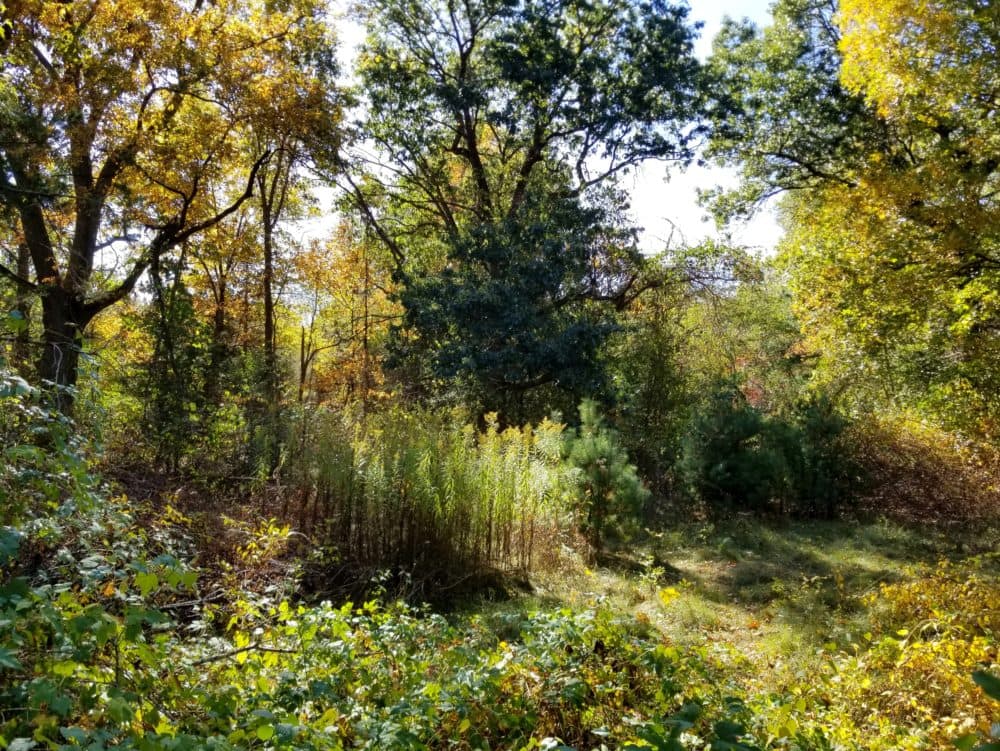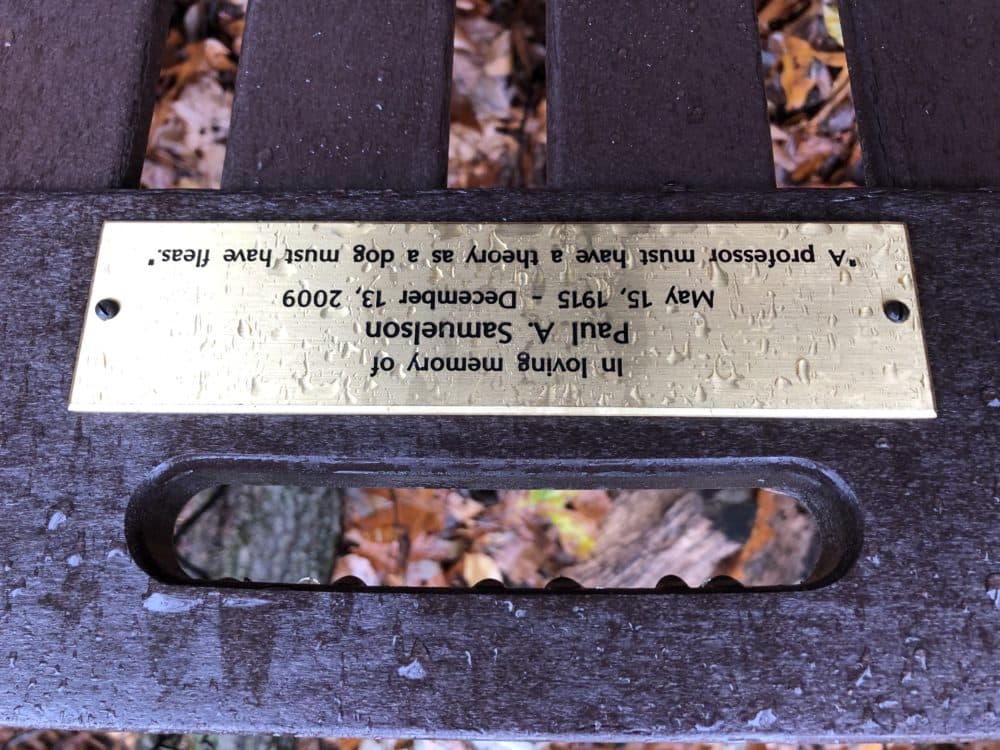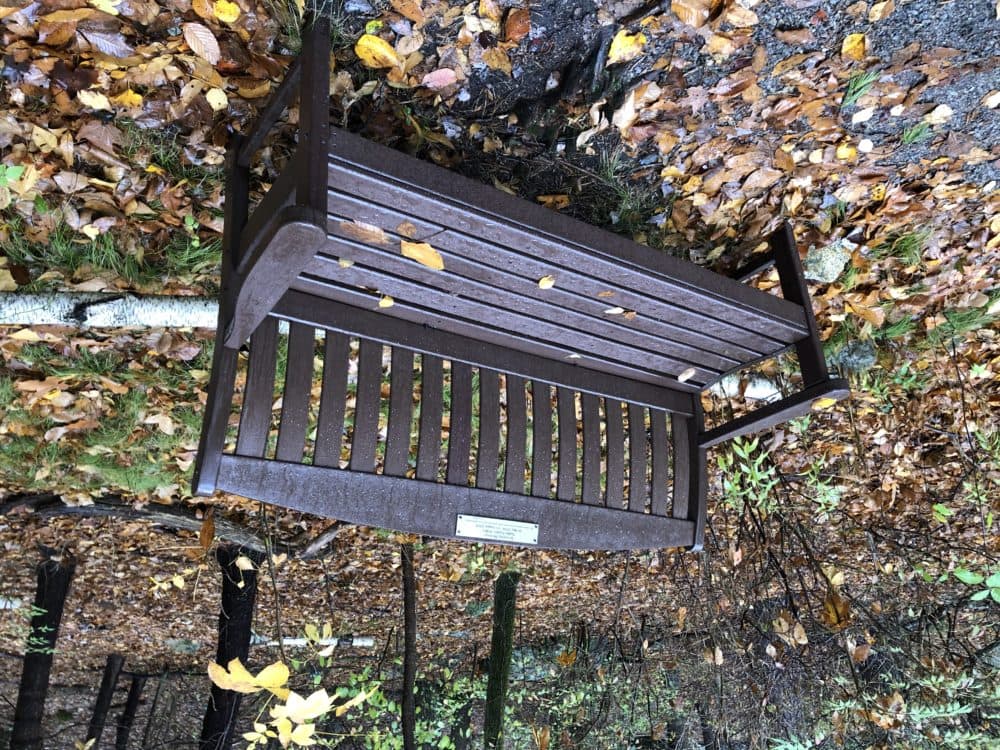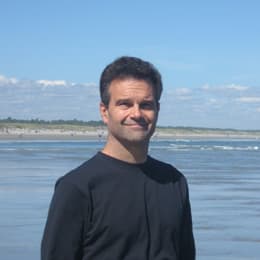Advertisement
Commentary
Escaping Headlines Of Death, Amid Memorials To The Dead

My father-in-law is a history buff who peruses cemetery headstones the way others read textbooks, to glean something about those who came before us. He’s not alone in his enthusiasm. Mt. Auburn Cemetery in Cambridge, Mass., the nation’s first burial place to be outfitted with a landscaped garden, draws 200,000 visitors annually to fulfill its mission as “a memorial to the dead and a place of inspiration for the living.”
I’ve never been into “tombstone tourism” myself. But as COVID-19 passes 240,000 U.S. fatalities, mortality is on my mind of late. What does it take to be satisfied with the course of your life, should death come unexpectedly? Does that depend, borrowing Lincoln’s phrase, on having won the race of ambition to do good? COVID’s victims and Lincoln (and others martyred by racists, like George Floyd) all fell before they could make it to the finish line.
Gravestones, which outline lives long and short, naturally trigger these questions. Recently, I found myself prodded to consider them by a different memorial: benches in a wildlife sanctuary.
What does it take to be satisfied with the course of your life, should death come unexpectedly?
Habitat Education Center and Wildlife Sanctuary, Mass Audubon’s 90 acres in my town of Belmont, has always enchanted me with its natural tranquility. But on a walk to forget troubles just for a while, including grim headlines about the pandemic and racism, I found myself diverted by a bench I’d long noticed that honors Paul Samuelson, the Nobel-winning economist whose textbook introduced me and generations of college students to the subject. This time, I followed up with Habitat property manager Sandy Vorce about the bench.

Samuelson was such a frequent visitor to Habitat that Vorce nicknamed him the Meadow Man “because I most often saw him walking the meadow edge trails.” After he died in 2009, “His family realized how much his walks at Habitat meant to him,” Vorce said, and bought his memorial bench near the sanctuary’s Turtle Pond, its plaque etched with a quote from Mencken: “A professor must have a theory as a dog must have fleas.”
Samuelson obviously was fleet-footed in the race of ambition. But I felt compelled to research some of the lives memorialized by other benches. More than one, I sadly discovered, commemorate people who tragically stumbled before they could finish the race.
At age 36, Nadia Sophie Seiler should have had many more decades. Her death was publicized by a Washington Post story that captured how she’d begun to accomplish her ambition. She was killed on her motor scooter in a 2014 crash en route to a convention as a rare materials cataloguer with the Folger Shakespeare Library. Skilled as few are in deciphering Elizabethan handwriting, Seiler worked at the Capitol Hill library, but she grew up in Belmont, where she frequently exercised her love of the outdoors at Habitat, according to a memorial fund that supports causes that gave her joy. She was to be married the month she died.
Advertisement

It’s hard to match that for heartbreak. But not impossible: There’s another bench to a 15-year-old boy who, an online search revealed, died by his own hand.
Whatever torment was too much for him to bear, I don’t know. A first rejection in romance? Health problems? Or was his too-brief life long enough to instill such profound empathy — his obituary noted he abhorred human trafficking — that he couldn’t live in a world with such suffering?
From Samuelson, who died at 94, to a teenager, and ages in between: You can’t ponder the people monumentalized by these pieces of wood and metal without being struck by life’s potential and its fragility. Those are the same thoughts summoned by the famous and not-so who have fallen in this awful year of disease and racist violence.
Gravestones, or memorial benches, remind us during adversity to rejoice in the present, or at least to hope for better things to come.
I felt a bond with these Habitat people. I’m drawn to these forests, meadows, and ponds, as they were. What memories did they take from this place? Mine, as I ambled the trails in the early morning, solitary save for a couple of masked fellow walkers, wandered to drop-offs and pick-ups of our son for summer camp here when he was younger, and accompanying him on similar walks at Habitat.
The benches spurred gratitude for my blessings. My family has been spared the coronavirus thus far; the privilege of whiteness spares us racism. I don’t know how those less fortunate, grieving loved ones lost to either or both, would react to these memorials. I’d like to think the stories behind them would affirm that they aren’t alone, that they’re part of a community in grief.
The last eight months have been difficult for us all. But for an hour or so in the woods, my lot didn’t seem quite so bad. I understand better now my father-in-law’s passion. Gravestones, or memorial benches, remind us during adversity to rejoice in the present, or at least to hope for better things to come.
